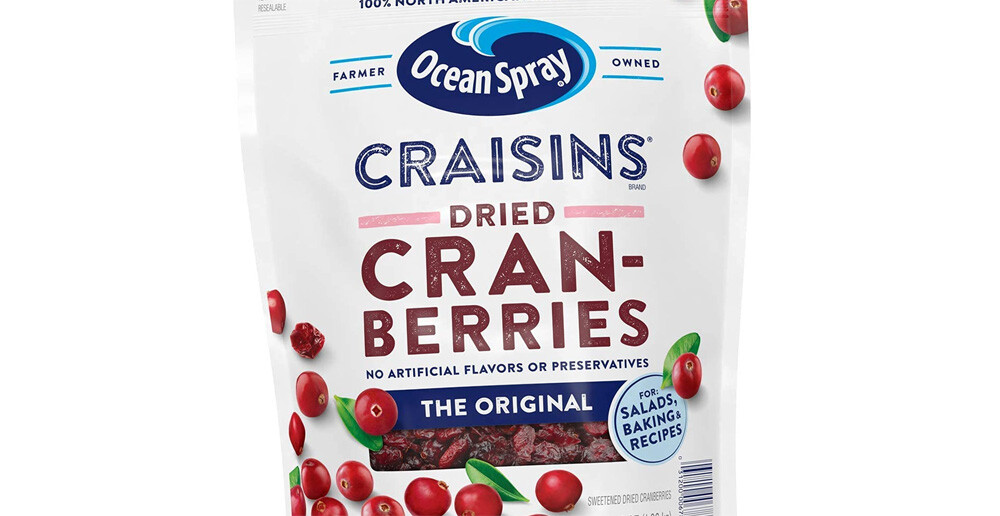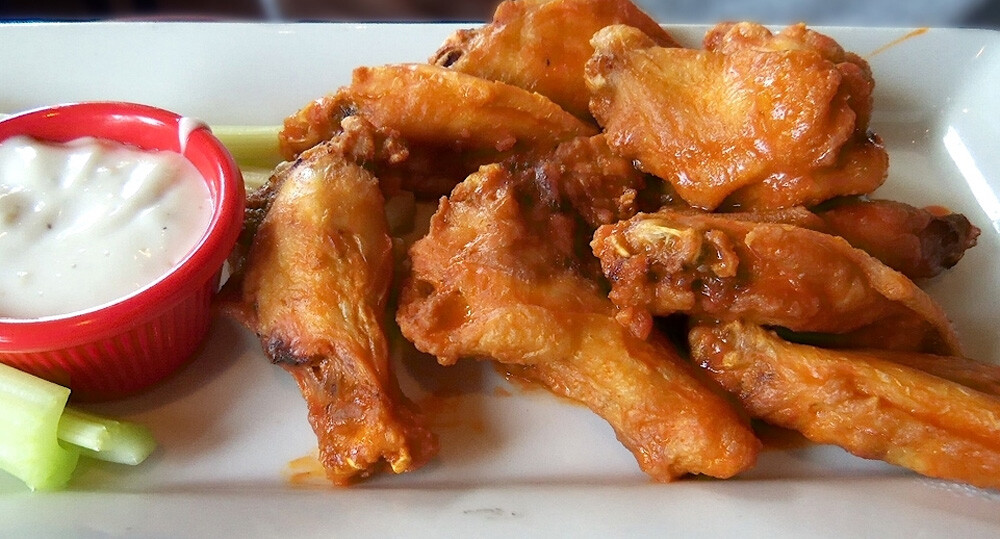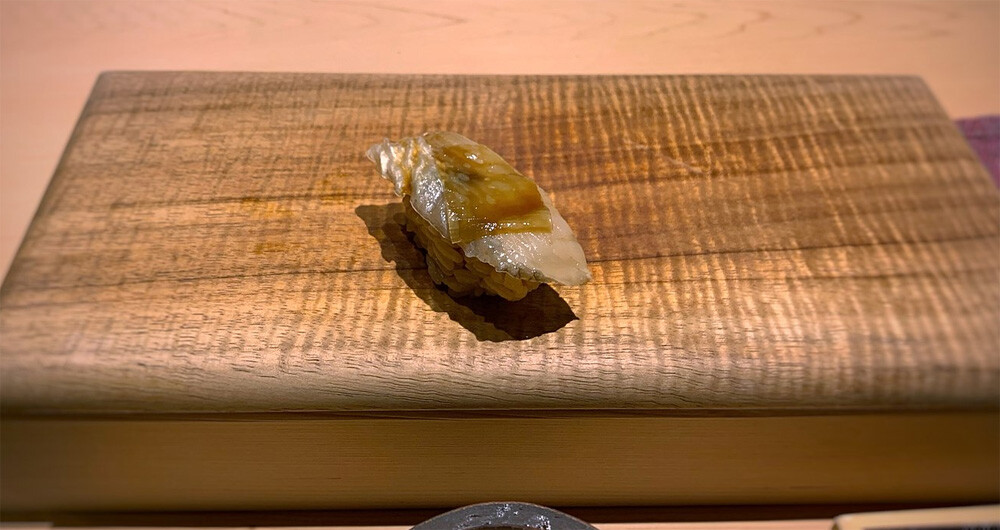Eat a burger with Krispy Kreme donuts for buns, and someone is sure to tell you it’s junk food. Which is their way of saying it’s full of fat and sugar and has none of the nutrients you should really be ingesting, but that thing you’re eating isn’t literally garbage. It is food, and at no point in time was any part of this marvelous creation intended for anything but human consumption.
We can’t say the same thing for all foods. Some stuff — some delicious stuff — really was thrown away until people finally decided to add it to the menu.
The Rice in Sushi Was Originally Supposed to be Thrown Away
Buy sushi today, and you’ll want it to be very fresh. The fish may be raw, and even if it’s not, you don’t want it to have been sitting out and inhaling room temperature air for a week. Originally, however, sushi was all about storing fish long-term — for years, or even for decades.
The food was called narezushi, and it goes back to at least the 10th century and probably a few centuries before that. This was a while before any kind of refrigeration, so when people wanted to store food without it rotting, they had to pickle it. People used salt and vinegar to preserve fish, and the rice around the fish existed to facilitate the preservation process. When the time finally came to eat the narezushi, people would eat the fish but discard the stinky rice.
Starting in the 16th century, some people who were really hungry tried eating the rice along with the fish, and they found the two went together great. Then came several hundred years of tinkering with the dish, always including that rice. Today, vinegared rice isn’t only an important part of sushi — it’s the one essential part of sushi. Sushi doesn’t need to have fish, but it needs to have rice (otherwise, that slice of salmon is just sashimi). It could have cucumber instead of fish, or it could have fried chicken. You can even eat spam sushi because cuisine is always evolving.
Pie Crusts? Also Thrown Away
Eat a slice of pie today, and you’ll be well protected from it crumbling all over your lap. The slice is on a plate. And the plate is on a table. And between the table and the plate is probably a tablecloth, and a place mat. Wow, we really do have a whole lot of layers shielding us from our food.
Go back to medieval England, however, and you couldn’t count on all that. Instead, the pie crust would function as your plate (and your table, tablecloth, etc.). You’d want to indulge in some warm spiced fruit, so you’d eat a mince pie. But the crust would not be buttery and flaky like a crust today. It was plain flour and water and provided a flat dry surface for all those gingery dates. After you ate the filling, you’d throw the crust in the bin.

via Wiki Commons
Naturally, some would have considered this a wasteful luxury, since plenty of people back then were starving and would never have thrown away edible flour, no matter how tasteless. Some people might have lived exclusively on pie crusts discarded by the rich, never getting a chance themselves at eating dates, pork and other scrumptious pie fillings. They must have wept when the piemakers started making crusts tasty, after which garbage bins contained no pie crusts at all.
Craisins Are Juice-Infused Waste
If you’re like most reasonable people, you think craisins are dried cranberries, much like raisins are dried grapes. Lots of fruits come in dried forms. Dried cranberries are surely a thing. Boxes of craisins even describe their contents as “dried cranberries” (because no laws forbid them from doing so). However, that’s not quite what craisins are.

Ocean Spray
Craisins are an item produced exclusively by Ocean Spray, who invented them around 30 years ago. Ocean Spray farms vast quantities of cranberries, and they mash vast quantities of cranberries to make cranberry sauce. This leaves a waste product, called cranberry hulls. Cranberry hulls are basically inedible — you can eat them, but they’re just indigestible fiber, and they taste of nothing. Cranberry farmers used the stuff as animal feed.
Then Ocean Spray figured out how to make hulls into something humans would consume, too. They infused some cranberry juice into the hulls, making them into kinda-fruits again. They started by adding these “craisins” into cereal, unsure if people would be interested in buying and eating them outright, but people soon proved extremely willing to do that. Today, you’ll also see some other brands calling real dried cranberries craisins, but they’re selling themselves short. Dried cranberries have all the nutrition of cranberries, while craisins do not.
Now, some of you have may be confused by the craisin process. If you squeeze all the goodness out of a cranberry, and they you add it right back in, that’s simply a roundabout way of getting back where you started, right? But Ocean Spray doesn’t add all the juice back in. They return only a tiny bit. To really make you want to eat the stuff, they add a different ingredient: sugar. Lots and lots of sugar. Or, as Ocean Spray reps put it, “a little bit of natural sugar cane,” because it sounds wholesome that way.
Tater Tots Were Scraps, Fit For Pigs
This next food was also used as animal feed till we got our act together. We’re talking tater tots, which are secretly just the shavings of potatoes that remain after the potato’s cut into a cube to be chopped up as French fries. For the first years of America’s industrial-scale fry operations, these shavings were fed to livestock because no one could think of anything better to do with them.

Personally, we can think of all kinds of things to do with potato shavings. You can boil ’em, mash ’em, stick ’em in a stew. None of these, however, suited the frozen food empire that Ore-Ida potatoes was building. Then Ore-Ida founder F. Nephi Grigg came up with the idea of reducing the shavings to potato sludge and shaping this sludge into little bullets. He called them tater tots. And soon, we were gobbling them up, like pigs at a trough.
Wings: The Worst Part of the Chicken
Do you like eating chicken feet? Some of you will answer yes (half a dozen Asian countries cook their own style of chicken feet, as do some Caribbean countries, and Mexico), but many will say no, of course not. Chicken feet are just skin and bones, right? And yet some of these feet haters love chicken wings, which are also skin and bones — and also meat, but a comically small amount of meat, compared to the real meaty parts of the bird.

We’ve spent thousands of years breeding chickens to have huge breasts and thick thighs, but we never did anything to plump those wings. So, as recently as the start of the 1960s, chicken wings were not considered food. Some restaurants in America cooked chicken wings (Black-owned restaurants, and Chinese restaurants), much like how some restaurants today cook chicken feet, but jump up to a certain class of establishment, and chicken wings were considered only good for boiling to make chicken stock.
Then in 1964, chefs in Buffalo, New York, decided to do something with these useless parts of the chicken. While the exact story of who there pioneered the wings and how is a matter of dispute, it resulted in people worldwide soon eating this exact style of wing (deep fried, no batter, rolled in hot sauce).
Which is funny because if you like chicken and tangy sauce, you could do what lots of countries do and make a whole meal of that, with chopped up fillets and big drumsticks rolling in the stuff instead of just nibbling on tiny wings. But if you did that, maybe that would mean the wings would go to waste, and that would be a shame.
Follow Ryan Menezes on Twitter for more stuff no one should see.

